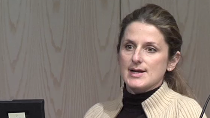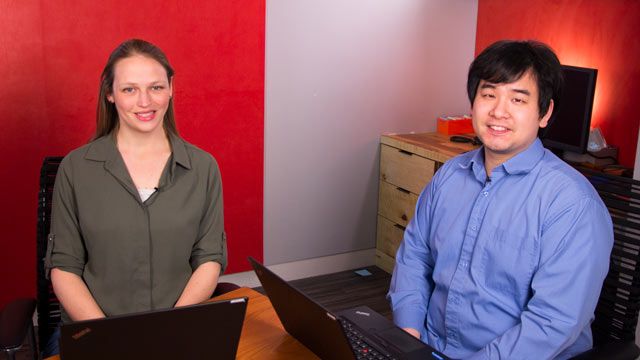Deep Learning for Lidar
Learn what deep learning for lidar is and how to apply it for object detection and semantic segmentation using MATLAB. We start by explaining the basics and different networks available. Then, we demonstrate how to apply deep learning on lidar data using the PointPillars network for an object detection workflow.
Published: 5 Jul 2024




